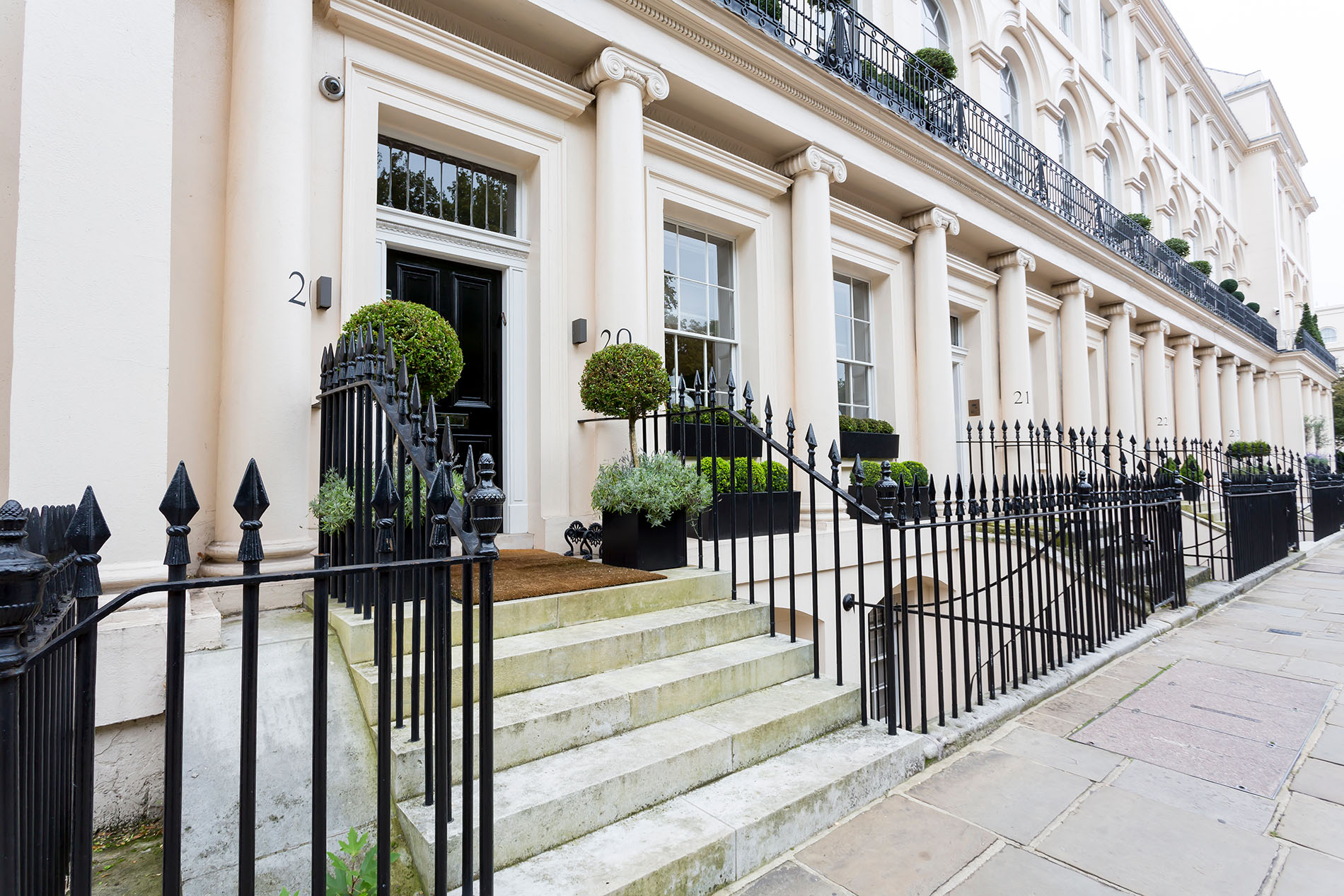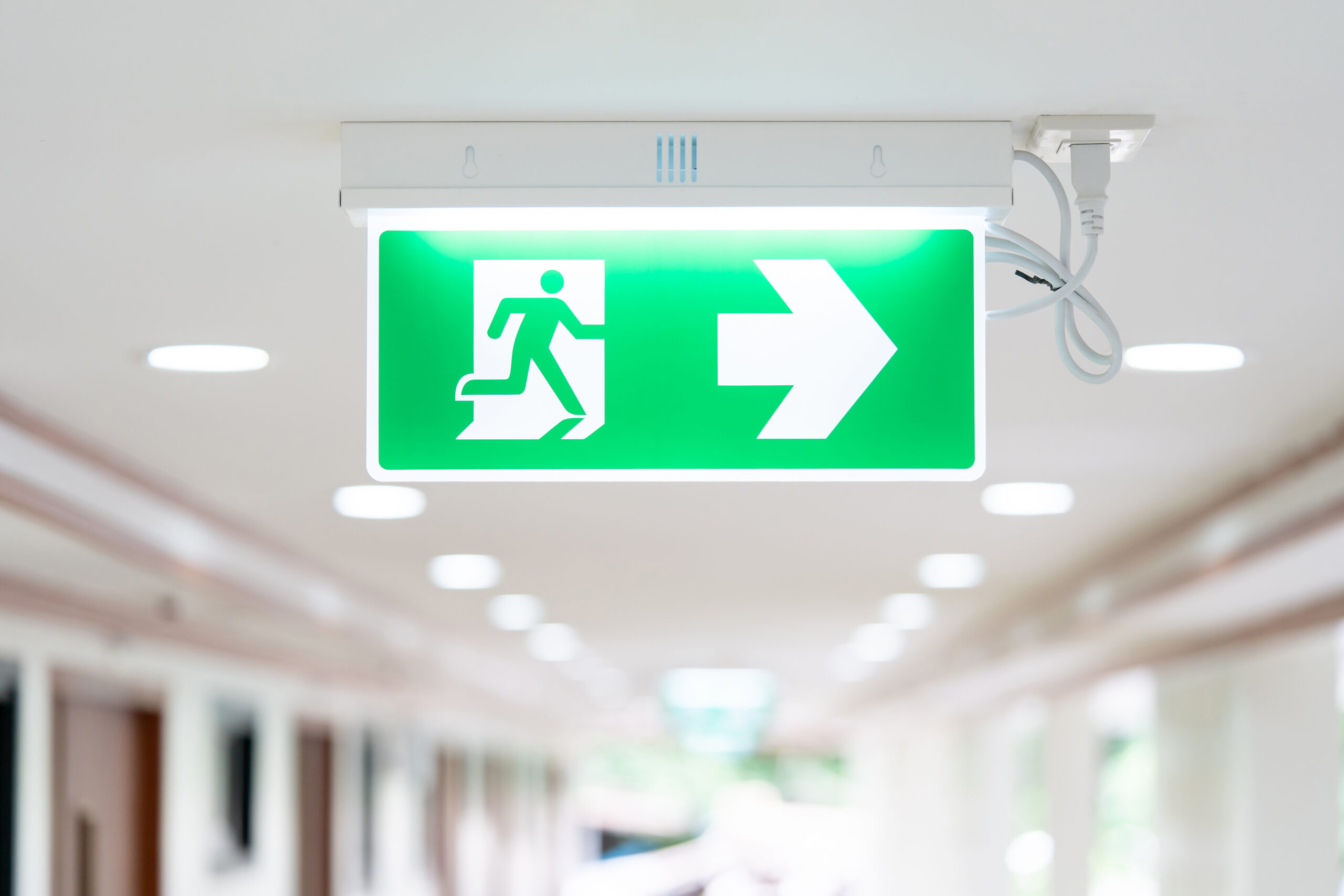Darren Bagnall from Manage Your Block explore what has changed when it comes to fire safety, what remains essential and what RMCs must do to ensure they meet their duties under the evolving legal landscape.
2017’s Grenfell Tower fire brought fire safety in residential buildings under intense scrutiny. For Residents’ Management Company (RMC) directors, the aftermath has been a wake-up call and a turning point, highlighting the critical importance of fire safety in shared spaces.
Since Grenfell, the UK has seen a raft of new regulations aimed at improving safety in high-rise and multi-occupancy buildings. For those managing blocks of flats, understanding and fulfilling these responsibilities is not just about compliance, it is about protecting lives.
The Post-Grenfell Regulatory Landscape
In the years since Grenfell, several new laws and regulatory updates have been introduced, aiming to strengthen fire safety oversight and close the gaps that contributed to the tragedy.
Key legislation includes:
- The Fire Safety Act 2021
- The Building Safety Act 2022
- Updates to the Regulatory Reform (Fire Safety) Order 2005
- Fire Safety (England) Regulations 2022
These laws place greater emphasis on the accountability of those responsible for residential buildings. For RMCs, especially in buildings over 11 metres or five storeys, this means a much clearer set of expectations around fire doors, cladding, fire risk assessments and evacuation systems.
Understanding Your Legal Duties
RMCs are now considered ‘Responsible Persons’ under fire safety legislation. This status comes with specific obligations:
Conducting Fire Risk Assessments (FRAs):
Fire risk assessments (FRA) must be carried out regularly and must include external walls including cladding, balconies and windows. This is a key change under the Fire Safety Act 2021. A ‘suitable and sufficient’ FRA must be conducted by a competent person and should be reviewed periodically or after any significant changes to the building.
Cladding and External Walls:
In the wake of Grenfell, unsafe cladding systems became a top concern. RMCs are now responsible for ensuring the building’s exterior is safe. This may involve commissioning a Fire Risk Appraisal of External Wall systems (FRAEW) where necessary, particularly if the building is over 18 metres or has known cladding issues. If problems are found, RMCs must create an action plan and pursue remediation works.
Maintaining Fire Doors:
Fire doors are a vital part of passive fire protection. They are designed to contain fires and smoke. The Fire Safety (England) Regulations 2022 require regular checks on flat entrance doors and communal fire doors in buildings over 11 metres in height. RMCs must arrange for checks at least every 12 months for flat entrance doors and quarterly for communal fire doors.
Fire Alarm and Evacuation Systems
The regulations now require enhanced fire safety measures in buildings with known risks. For example, the installation of common alarm systems in buildings that previously operated a ‘stay put’ policy may be required following guidance from the fire risk assessment. Evacuation strategies must be clear, up to date and communicated to residents.
Information Sharing
RMCs must make fire safety information available to all residents, including details about fire doors, evacuation policies and key contact numbers. In buildings with communal areas, fire safety instructions should be clearly displayed.
Maintaining Records and Documentation
Having a documented fire safety strategy is no longer optional. RMCs must keep detailed records of assessments, inspections, maintenance work and communication with residents. This documentation will be critical in demonstrating compliance and protecting against liability.
The Importance of Professional Support
Meeting these responsibilities requires a professional approach, therefore RMCs should:
- Engage qualified fire risk assessors for thorough evaluations
- Work with accredited contractors for fire door maintenance and cladding assessments
- Consult fire safety consultants when developing or updating evacuation strategies
Platforms such as Block in a Box can help RMCs source trusted and vetted service providers for all aspects of fire safety, from risk assessments to building surveys and remedial works.
Communicating with Residents
Residents have a right to know how their safety is being managed. Regular updates, noticeboard postings and inclusion of fire safety topics in AGMs and welcome packs help reinforce transparency and trust.
Key information to share includes:
- The latest fire risk assessment summary
- Maintenance schedules for fire doors and alarms
- Details of any fire safety works being planned or underway
- Instructions on what to do in the event of a fire
Penalties and Risks of Non-Compliance
Failure to meet fire safety responsibilities can have severe consequences. These can include enforcement notices and fines from the Fire and Rescue Service, legal claims by leaseholders or affected parties, invalidated insurance cover and even personal liability for directors in the most serious of cases. The reputational damage caused by perceived negligence can also be long-lasting.
Final Thoughts
The legacy of Grenfell is a powerful reminder of the importance of fire safety in residential buildings. For RMCs, the law is now clearer and stricter, but also more supportive of taking a proactive, professional approach.
Staying compliant is an ongoing process of assessment, action and communication. With the right advice, documentation and maintenance in place, RMCs can ensure that their buildings are not only legally compliant but genuinely safe for everyone who calls them home.


